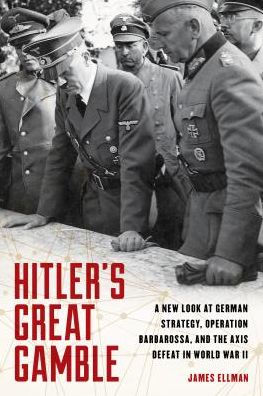Table of Contents
Introduction 1
Part I The German Quest for Great Power Status and the Logic of Barbarossa
1 The German Strategic Predicament and Hitler's Rise 9
2 German Relative Economic Weakness and the Fall of France 23
3 Seelöwe: The Planned Invasion of England 31
4 Two Maritime Strategies 45
5 The Rising Soviet Threat to German European Hegemony 61
6 Hitier's Decision, Marita, and Countdown to Invasion 71
7 The Logic behind Barbarossa's Chance for Victory in the East 79
Part II Germany's Failure in the East and the USSR's Miraculous Victory
8 Drang nach Osten: The Drive to the East 95
9 Historical Explanations for Germany's Defeat in the East 113
10 An Early Drive for Moscow 123
11 Cold, Snow, and Mud 133
12 The "Fatal" Delay of Marita and a Southern Tyfun 139
13 Nazi Genocide, Ideology, and the Loss of Hearts and Minds 147
14 A Japanese Attack on the USSR and the Key to German Victory 159
15 The Pursuit of Oil and the Road to Global War 169
16 The Critical Summer and the Road South 177
17 The Anaconda Option 189
18 Finland Fails Germany and Itself 199
Conclusion 211
Notes 217
Index 235
About the Author 249



